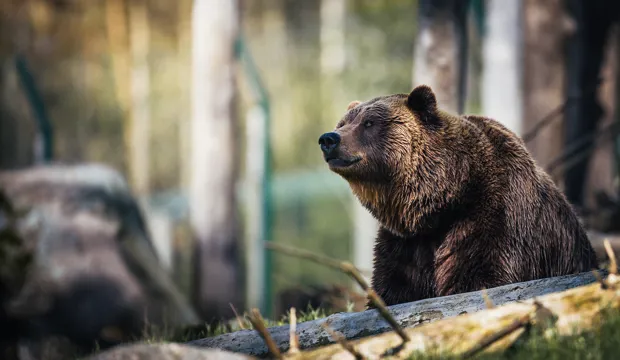
How polar animals keep warm
A simple and fun science experiment about insulation, to see how blubber keeps penguins, whales, polar bears and seals warm in the North Pole.
Many animals must keep their body temperature high, despite freezing cold temperatures. How do you think they do this?
In this fun and festive activity for kids, students will construct a model of a polar animal to find out how blubber can help keep an animal warm in the icy waters of the North or South Poles.
This is one of a series of free STEM resources designed to allow learners to use the theme of the festive period to develop their knowledge and skills in Design and Technology, Science, Mathematics and Engineering.
Activity: How polar animals keep warm
In this activity, students will construct a straightforward model of a polar animal and use this to investigate how they keep themselves warm. They will understand how well a layer of blubber can insulate an animal and how the heat loss is reduced against an uninsulated animal.
This is a versatile activity that could serve as a main lesson activity to teach about insulation and heat transfer. It could also be used as part of a wider scheme of learning, focusing on how animals react to the world around them.
This activity could be carried out in pairs or small groups. The teacher presentation covers the main activity on slides 1 to 11, and the subsequent slides are extension work and links.
Resources required
- An empty margarine tub
- A full margarine tub
- A large flat dish
- Warm water
- Cold water with ice
- A thermometer
- A stopwatch or smart watch timer
- Graph paper
- Pencils and differently coloured pencil crayons
How does blubber keep animals warm?
Blubber acts as a thick layer of fat beneath the skin, providing insulation and a barrier against the cold. The thick layer helps to retain body heat, preventing it from escaping and keeping the animal warm in frigid environments.
The engineering context
Engineers must be able to investigate the natural world to understand how it works. This allows them to design solutions that benefit and learn from the environment, such as suits for divers that can keep them warm.
Suggested learning outcomes
By the end of this activity, students will be able to understand how polar animals keep warm in very cold conditions, they will be able to understand what blubber is and how it helps polar animals to survive, and they will be able to record experiment data using tables and graphs.
Download the free How polar animals keep warm activity sheet below!
All activity sheets and supporting resources are free to download, and all the documents are fully editable, so you can tailor them to your students’ and your schools’ needs.
The activity sheet includes teacher notes, guidance, useful web links, and links (where appropriate) to the national curriculum in each of the four devolved UK nations; England, Northern Ireland, Scotland and Wales.
Oh ho ho, and please do share your experiment highlights with us @IETeducation! #SantaLovesSTEM.




